 |
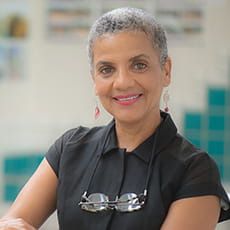 |
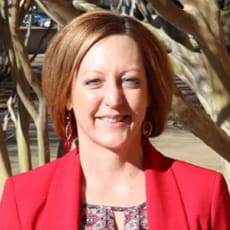 |
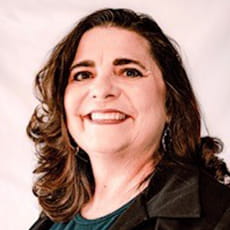 |
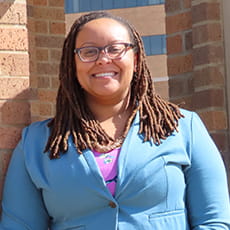 |
LaDonna Aiken
“It provides deeper learning for the student. It really expands their knowledge; it takes those skills and applies them to real world situations.” |
Diane Jones Allen, Ph.D.
“You want to make a difference in the world. When you're in practice you're engaging with people – getting their feedback, recognizing desires – it’s a collaborative effort and an exchange of knowledge. You want to pass that on to students.”
|
Shanna E. Banda, Ph.D.
“Anything that improves student success and helps people at the same time, I'm all in.” |
Lashaunn Bold, LCSW
“On many levels it is important – to the student, the university, and globally. Service Learning has allowed me to take my experience as a faculty member in curriculum design & incorporate that practical aspect into social work.” |
Kyrah Brown, Ph.D.
“I believe it is important to apply course theory to the community in a way that is respectful and meaningful.” |
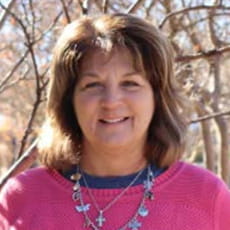 |
 |
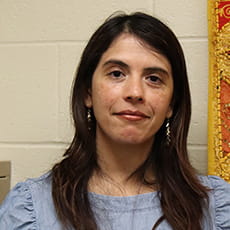 |
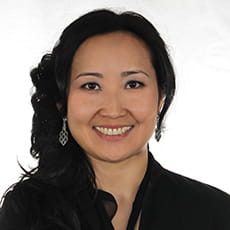 |
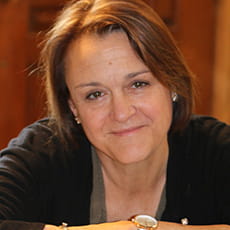 |
Leeann Snell-Burke, Ph.D.
“[Service Learning] should benefit the community and it should benefit Higher Ed. You can’t stay separated and do that. You’re going to have to come back and forth and bridge the gap. ” |
Erin Carlson, Ph.D.
“When you make an impact on a student that involves action and emotion, it can be in some ways course confirming or course changing which is the essence of education.” |
Karishma Chatterjee, Ph.D.
“By doing, we learn in a way that's more powerful than other ways, and for service learning courses, it is something students will remember beyond college.” |
Saltant Childress, Ph.D.
“The students learned, gained experience and critical perspective. The community partner got additional support, and got interesting, motivated people.” |
Stephanie Cole, Ph.D.
“The process of working in an organization and thinking about the connection with course concepts makes them come alive and allows the students to understand at a more fundamental level.” |
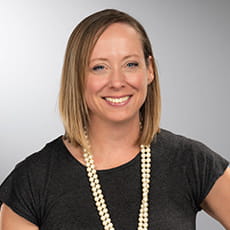 |
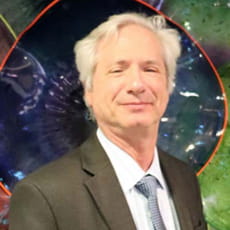 |
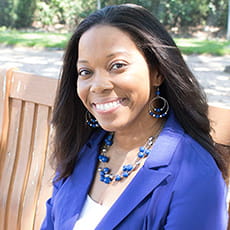 |
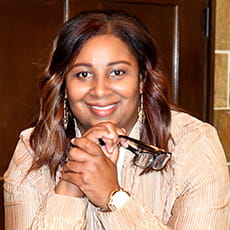 |
 |
Jaya B Davis, Ph.D.
“Service Learning gives students a transformative, real-world, ‘this is how it actually works’ experience.” |
Steven Gellman, MD, MFA
“I just think service is part of life and part of living in a community.” |
Brandie L. Green, Ph.D.
“I wanted to do a service learning so that the students would be able to learn but then also be able to apply what they learned to the field.” |
Zerita Hall, D. P. Psy.
“I can teach what the book says, but I believe in bringing the book to life, and service learning gives you that opportunity.” |
David Hopman, M.L.A.
“An intellectual class at a university is so prescribed, and it’s not the way the real world is. There’s always resistance, you have to overcome obstacles, and you have to double back. Students get a little feeling of what the real world is like.” |
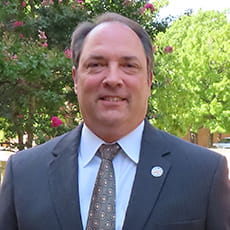 |
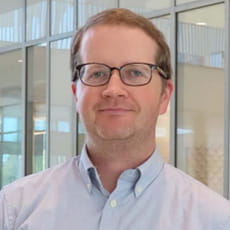 |
 |
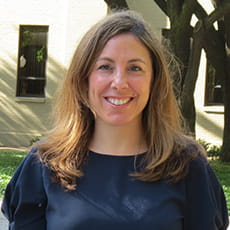 |
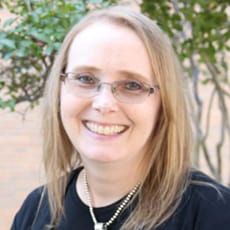 |
Jerry D. Hubbard, Ph.D.
“I think there is diversity of thought, understanding, and those kinds of things that come with an education. So, for me service learning is about taking some of that and focusing on ‘How does this relate to other people? How do the things I do influence other people?” |
Justyn Jaworski, Ph.D.
“Service learning provides students with hands – on experience in solving real problems that impact our community.” |
Pamela Johnson, MSSW, LCSW
“Service Learning shows students what it will be like in the real world. They are able to apply the skills they’re learning before they get out there.” |
Danielle Klein, Ph.D.
“It's Important to be confronted with something that’s different so that you can grow from it.” |
Angela Liegey-Dougall, Ph.D.
“Service Learning gives students that experiential aspect of learning where they can actually see in practice what they’ve been learning about, which makes it more real.” |
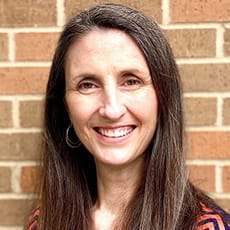 |
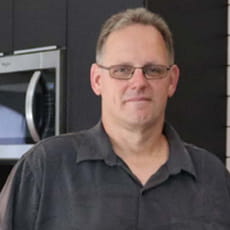 |
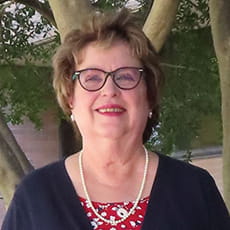 |
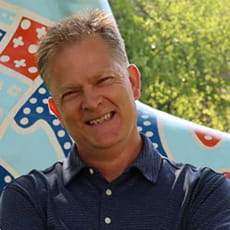 |
 |
Alice Lubbe, MS
“You're really wanting to impart something to the community. It’s not just about you learning, it’s about sharing something.” |
Brad McCorkle, MArch
“Service Learning Teaches Students that design doesn’t stop. You’re Constantly making decisions. It helps students get used to that environment.” |
Joyce Myers, Ed.D.
“Service Learning is important because it plays a part in being a good citizen, as you not only help but also become a part of community.” |
Larry P. Nelson, Ph.D.
“The magic and power of education at that moment was something that I always wanted to recreate. It was so rewarding to be a part of that transformation and process.” |
Laura Phipps, Ph.D.
“Every major, every type of field, has elements that can be used in the communities to serve other people.” |
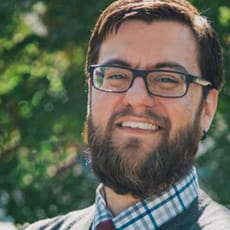 |
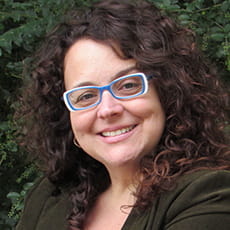 |
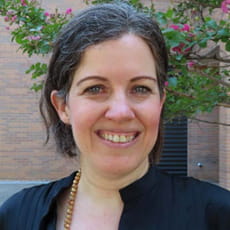 |
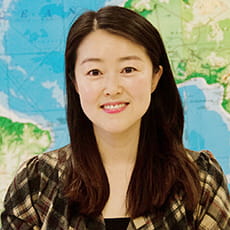 |
 |
Timothy Ponce, Ph.D.
“Service Learning is a pedagogical tool for the generation that is currently inhabiting our university system.” |
Alicia Rueda-Acedo, Ph.D.
“Everyone wins here. Students win because they can see firsthand that what I teach in my class has a real application outside the classroom.” |
Peggy L. Semingson, Ph.D.
“Service Learning made the coursework more meaningful because the students are applying their learning to the community.” |
Jiwon Suh, Ph.D.
“[Faculty Fellows] is just a starting point to learn and understand service learning.” |
Alicia Soueid, MA
“Service Learning can actually be a step toward an internship or a similar kind of practice. It helps students develop skills, conduct outreach, and use tools that they’ve been developing.” |
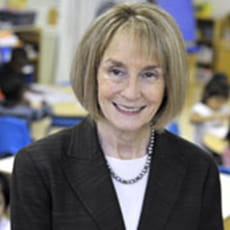 |
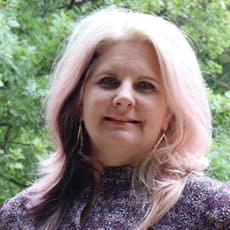 |
 |
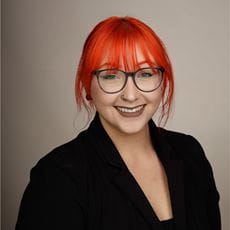 |
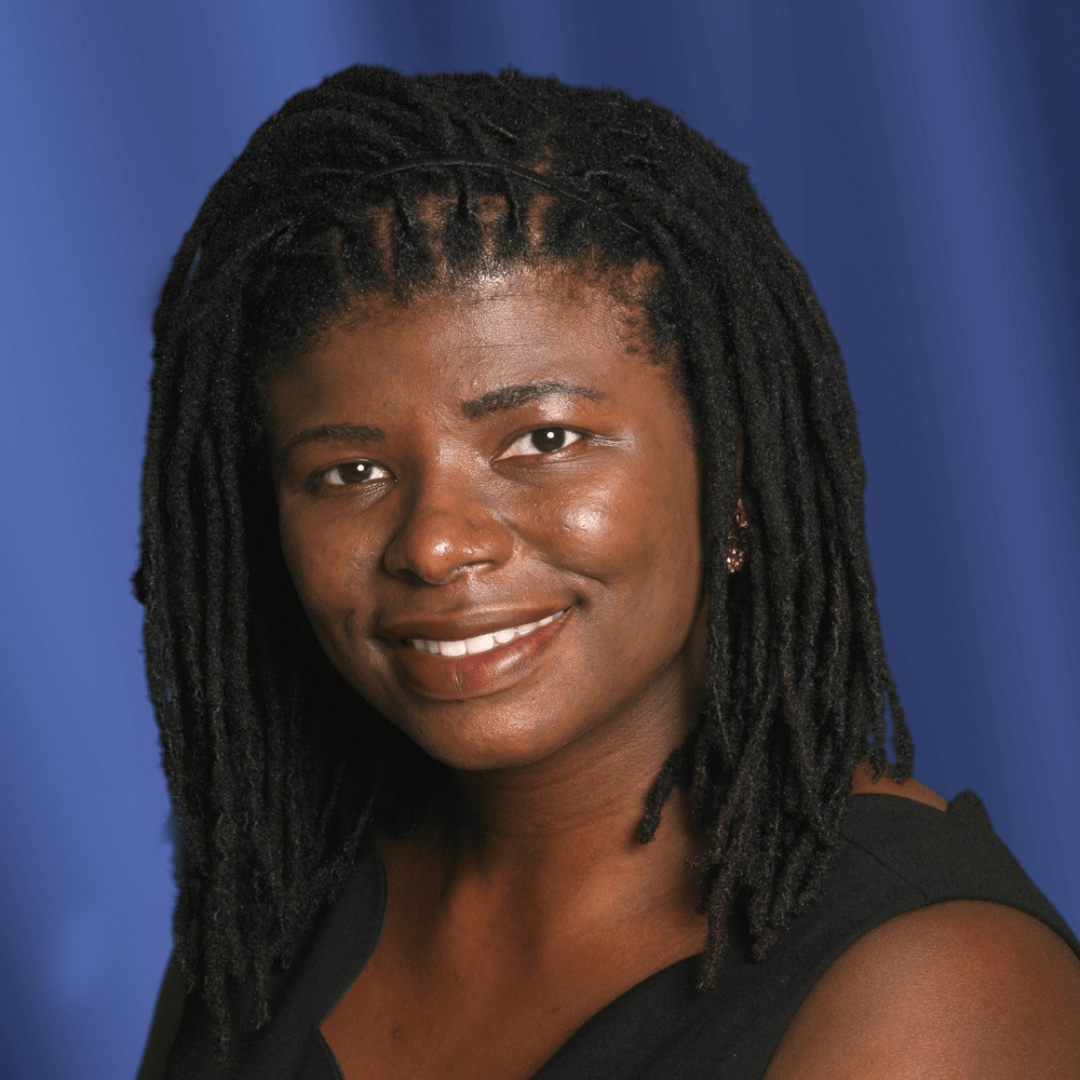
|
Kathleen Tice, Ph.D.
“The process of working in an organization and thinking about the connection with course concepts makes them come alive and allows the students to understand at a more fundamental level.” |
Shelley Wigley, Ph.D.
“My favorite part is seeing the student get excited and realizing what they’re doing matters and impacts other people.” |
Cornelia Winguth, Ph.D.
“It really engages students at UTA to have a better connection to their own learning and at the same time, connects them to their community.” |
Cassie Argenbright, MS
“I think that service learning is really important because it's transformative. It crosses a lot of boundaries to kind of create this unity between higher education and the community.” |
Emily Nwakpuda, Ph.D.
“Service learning is important because we do want to try out best to expose students to real partners who have real needs.” |
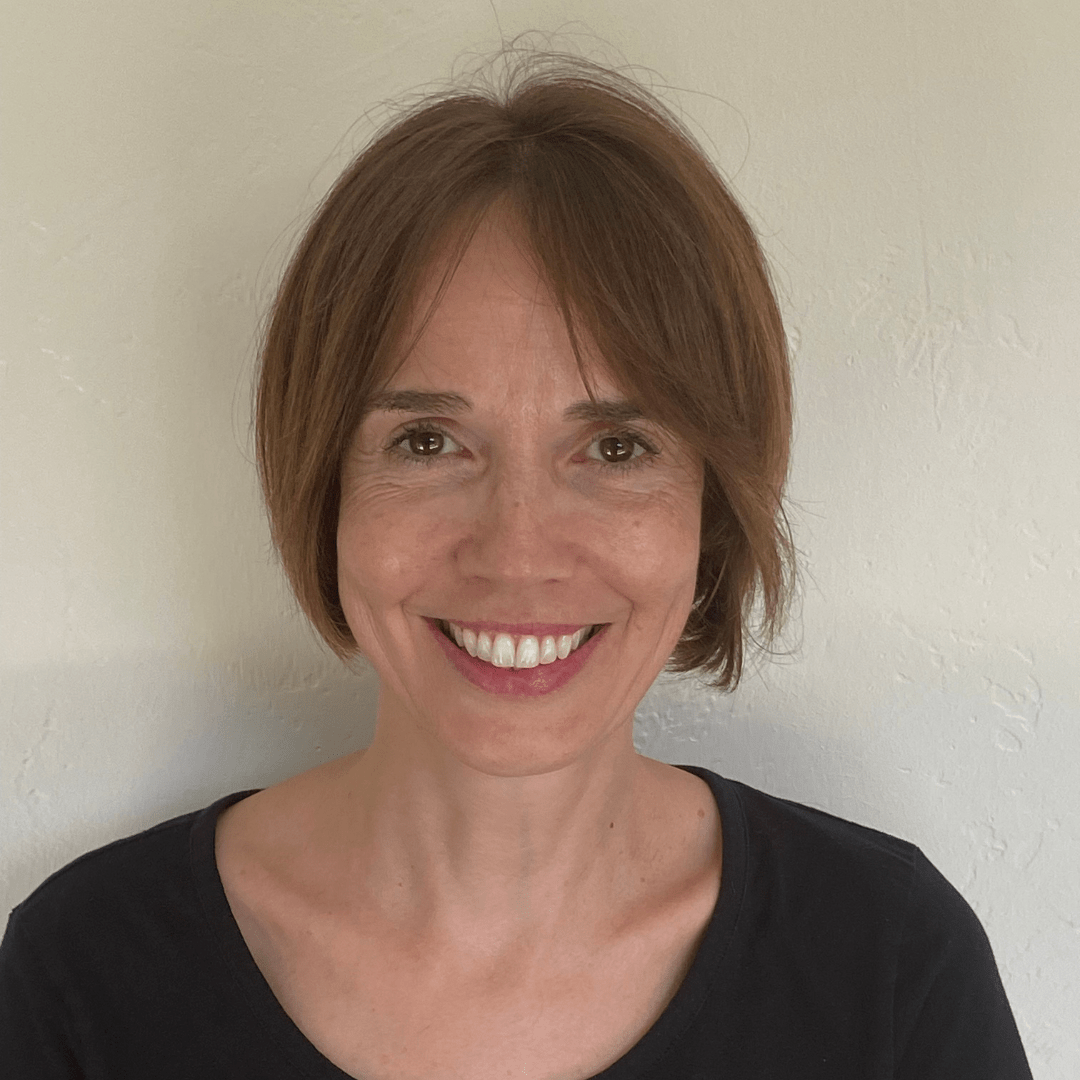
|
.ashx?h=230&w=230&revision=9ccf049f-d9e3-4613-ae92-5486bd67d426&hash=9AB2E163D42881C47BC538A002F99367) |
.ashx?h=230&w=230&revision=9ccf049f-d9e3-4613-ae92-5486bd67d426&hash=9AB2E163D42881C47BC538A002F99367) |
.ashx?h=230&w=230&revision=9ccf049f-d9e3-4613-ae92-5486bd67d426&hash=9AB2E163D42881C47BC538A002F99367) |
.ashx?h=230&w=230&revision=9ccf049f-d9e3-4613-ae92-5486bd67d426&hash=9AB2E163D42881C47BC538A002F99367) |
Barbara Berthold, Ph.D.
“If you're getting any kind of value out of it [Faculty Fellows Program] at all, you know whether you're learning or even thinking about what you can do to turn parts of your course into a service learning course.” |
Aida Allen, Ph.D.
“It's worth it. What you see at the end of the project, the reflection from the students, the way they gain that appreciation about your course and the community, I've never head them say things like that before.” |
Amy Speier, Ph.D.
“I think it is great for students to make these high-level like connections in the classroom and then actually to do something in the community to make those larger connections.” |
Benjamin Wagley, MFA
“I'm a big believer in reflection and reflection is a big part of the whole service learning experience.” |
Eli Shupe, Ph.D.
“Service learning gives different kinds of students an opportunity to flourish in their classes.” |
.ashx?h=230&w=230&revision=9ccf049f-d9e3-4613-ae92-5486bd67d426&hash=9AB2E163D42881C47BC538A002F99367)
|
.ashx?h=230&w=230&revision=9ccf049f-d9e3-4613-ae92-5486bd67d426&hash=9AB2E163D42881C47BC538A002F99367) |
.ashx?h=230&w=230&revision=9ccf049f-d9e3-4613-ae92-5486bd67d426&hash=9AB2E163D42881C47BC538A002F99367) |
.ashx?h=230&w=230&revision=9ccf049f-d9e3-4613-ae92-5486bd67d426&hash=9AB2E163D42881C47BC538A002F99367) |
.ashx?h=230&w=230&revision=9ccf049f-d9e3-4613-ae92-5486bd67d426&hash=9AB2E163D42881C47BC538A002F99367) |
Dianna Jones, Ph.D.
“Service learning creates a culture of collaboration and a culture of service. . . those connections are something unique that impact our society.” |
Chyng-Yang Jang, Ph.D.
“Service learning is the perfect medium to grow the next generation of citizens-responsible, engaging, making a contribution to the society and the community.” |
Julia Lindgren, MA
“Service learning are real world experiences that help take the learning in a classroom setting and make it real.” |
Lauren Kznarich, MA
“Service learning is important because it gives students the tangible opportunity to really learn by doing...it translates theory into practice.” |
Melissa Walsh, Ph.D.
“Service learning allows students to see the importance of what they're learning in class, it's not just a collection of facts. They are learning things that may affect other people's lives or have the potential to affect other people's lives.” |
.ashx?h=230&w=230&revision=9ccf049f-d9e3-4613-ae92-5486bd67d426&hash=9AB2E163D42881C47BC538A002F99367)
|
.ashx?h=230&w=230&revision=9ccf049f-d9e3-4613-ae92-5486bd67d426&hash=9AB2E163D42881C47BC538A002F99367) |
.ashx?h=230&w=230&revision=9ccf049f-d9e3-4613-ae92-5486bd67d426&hash=9AB2E163D42881C47BC538A002F99367) |
.ashx?h=230&w=230&revision=9ccf049f-d9e3-4613-ae92-5486bd67d426&hash=9AB2E163D42881C47BC538A002F99367) |
.ashx?h=230&w=230&revision=9ccf049f-d9e3-4613-ae92-5486bd67d426&hash=9AB2E163D42881C47BC538A002F99367) |
Mia Kirby, Ph.D.
“Service learning opens students up to seeing the different cultures just around the university and in the community. It helps them to learn about diversity in a hands-on way.” |
Timothy Ponce, Ph.D.
“Service learning provides opportunities to practice necessary skill sets that you cannot replicate effectively in a closed classroom.” |
Sophia Fantus, Ph.D.
“Service learning can be a useful tool to teach students about community-based research, having an impact within their community and connecting with others.” |
Sonja Ezell, Ph.D.
“[Service learning] is worth it. It enriches the students and their lives and their perspectives that they'll take into the classroom in terms of being a teacher and what it means.” |
Maxine Adegbola, Ph.D.
“Living in this world, you know that we're all connected somehow and that we offer different ways of looking at things and I think the benefit is on all ends.” |
.ashx?h=230&w=230&revision=9ccf049f-d9e3-4613-ae92-5486bd67d426&hash=9AB2E163D42881C47BC538A002F99367)
|
.ashx?h=230&w=230&revision=9ccf049f-d9e3-4613-ae92-5486bd67d426&hash=9AB2E163D42881C47BC538A002F99367) |
.ashx?h=230&w=230&revision=9ccf049f-d9e3-4613-ae92-5486bd67d426&hash=9AB2E163D42881C47BC538A002F99367) |
.ashx?h=230&w=230&revision=9ccf049f-d9e3-4613-ae92-5486bd67d426&hash=9AB2E163D42881C47BC538A002F99367) |
.ashx?h=230&w=230&revision=9ccf049f-d9e3-4613-ae92-5486bd67d426&hash=9AB2E163D42881C47BC538A002F99367) |
Correy Retzloff, DBA, PMP
“Service learning is an opportunity to answer the 'so what' to applying your philosophy into application.” |
Kimberly Caraway, MA
“I think service learning is really important because I think we all have a role in community and i think it's very important that we all have an eye for the needs in our community and put some action behind that." |
Jason Hogue, Ph.D.
“I think it [service learning] helps students to start thinking about how they're going to connect their work to the real world and make it matter.” |
Erick Jones Jr., Ph.D.
“Our work should be something that impacts the community we live in and the community beyond ourselves and service learning really takes that into the classroom.” |
Cheryl Mitchell, M Litt
“Service learning is important because it doesn't just support a specific study or discipline. It supports the person, the student themselves, becoming a well-rounded individual.” |